Procurement Basics
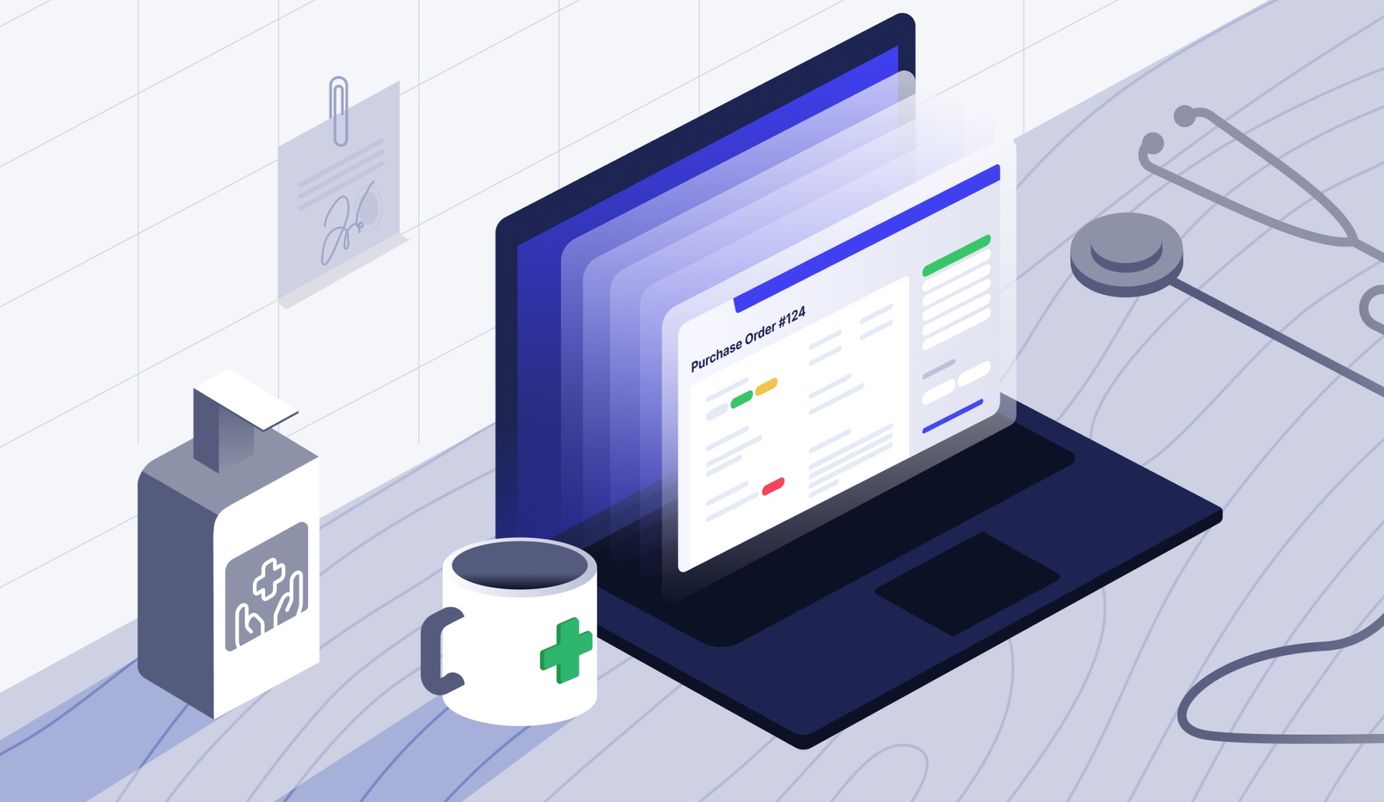
9 min read
5 Must-Have Software Solutions for the Healthcare Industry
Healthcare software can tackle various needs in the medical field. Learn about the most useful features, what kind of tools to prioritize, and how to build the best stack for your organization.
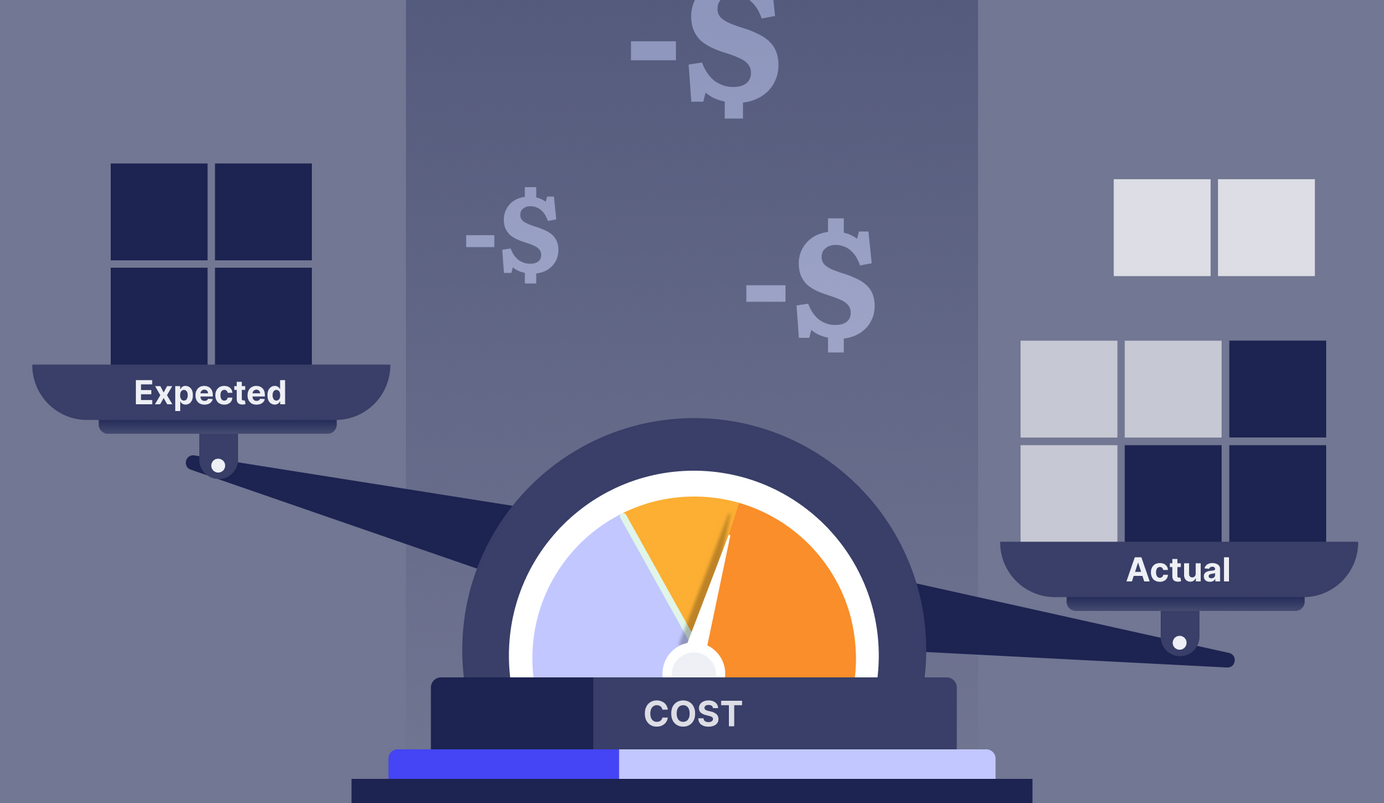
13 min read
What Is PPV? Purchase Price Variance Explained
What if we told you that you can drastically improve overall business profitability by looking at one specific procurement metric? Let’s take a look at purchase price variance.
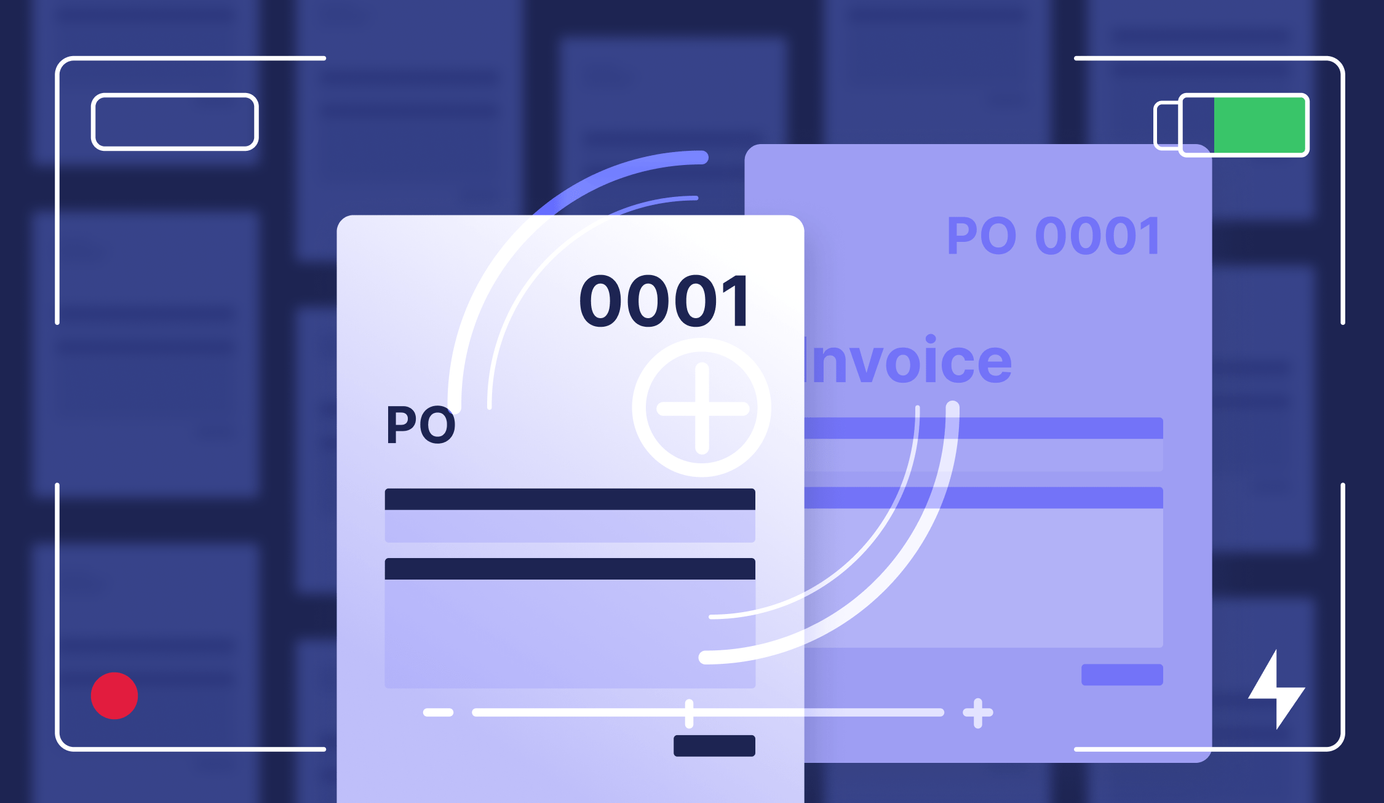
8 min read
PO Numbers in Procurement: Why Every Company Should Use Them
How can companies make their purchase orders super accessible and improve the overall tracking of ordered goods? Use PO numbers!
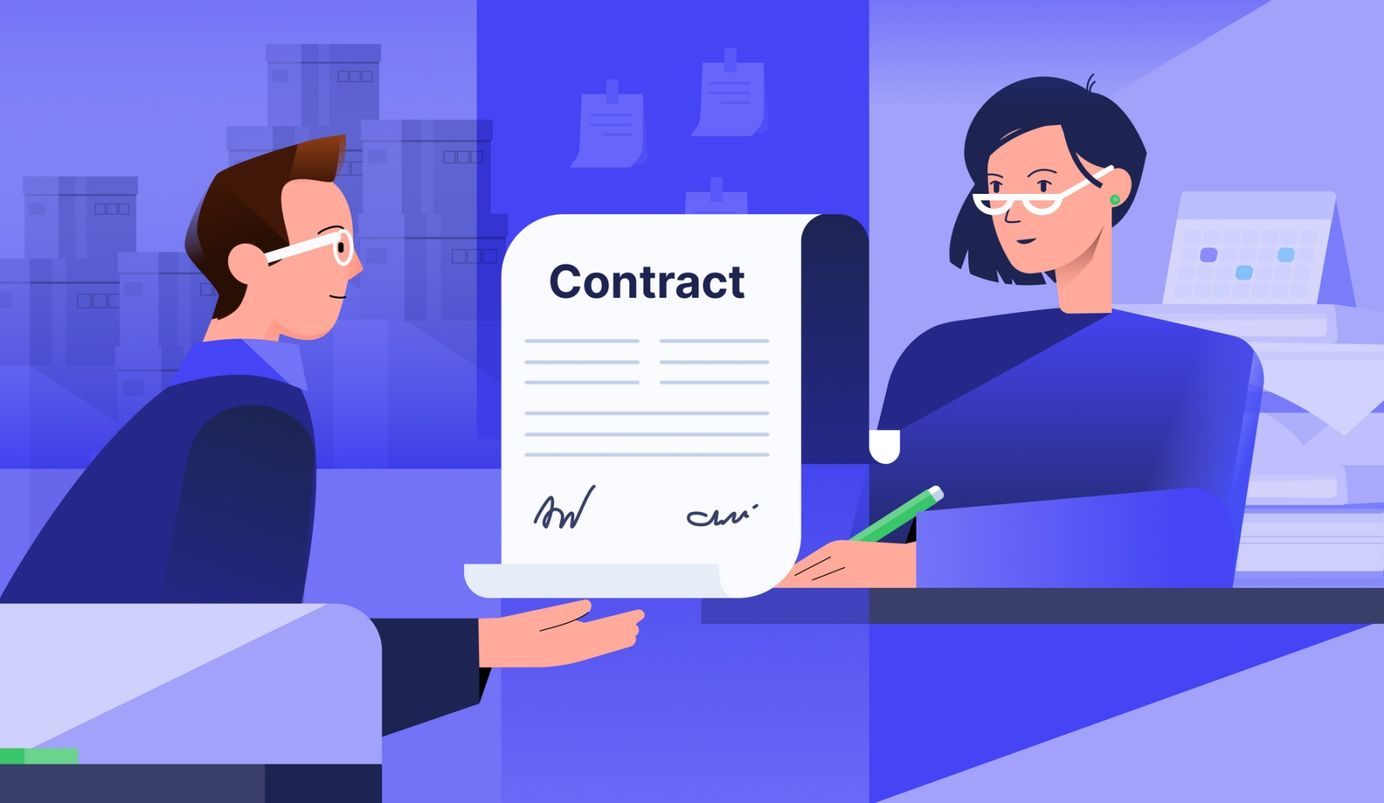
16 min read
Understanding Procurement Contracts
No matter how great your procurement process is, bad purchasing contracts can leave you stuck in the mud. Learn how to tread smoothly when it comes to procurement contracts.
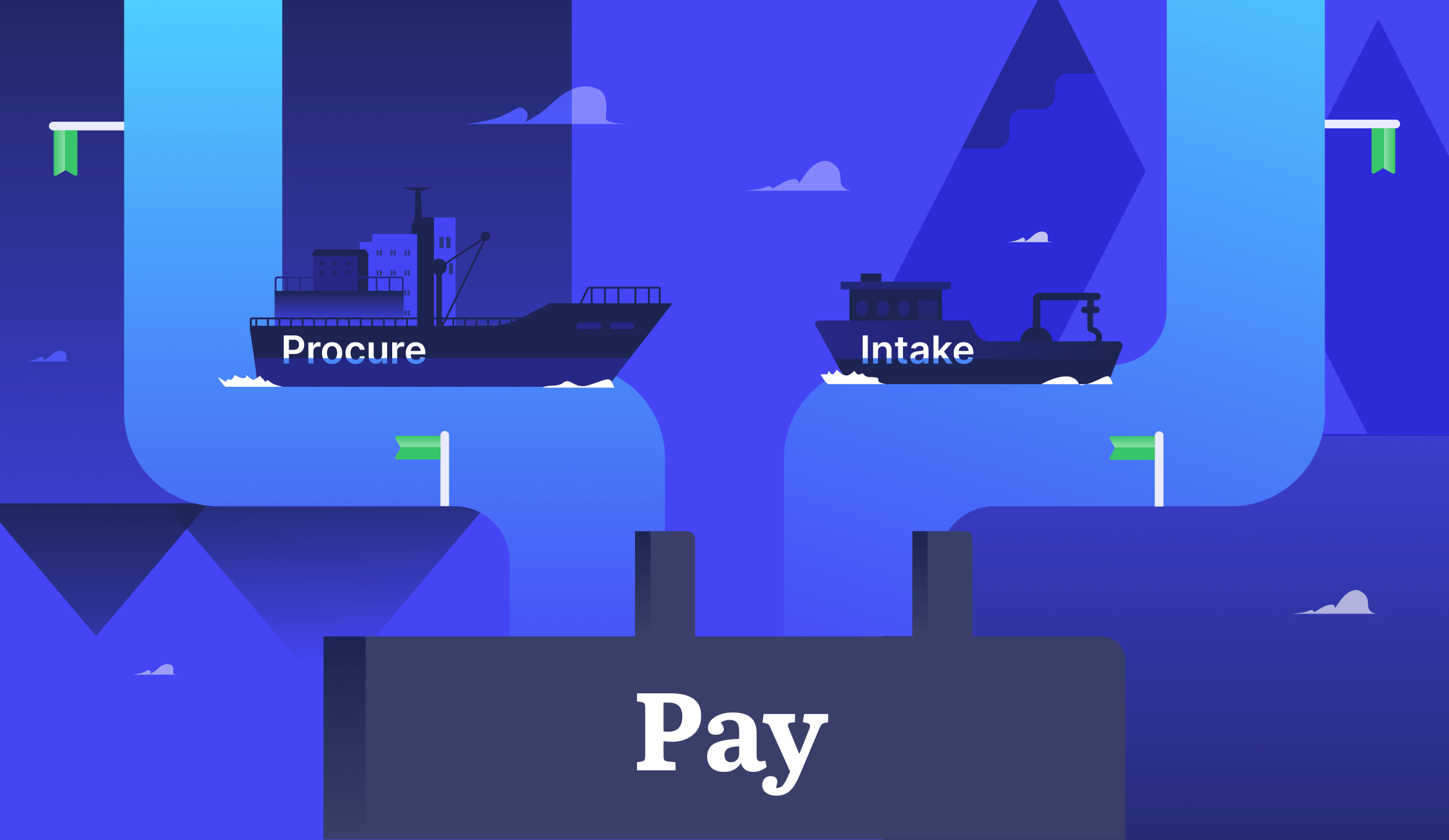
13 min read
Procure-to-Pay vs. Intake-to-Pay: What You Need to Know
Recently, intake-to-pay software has emerged as an alternative to procure-to-pay systems. Let's compare the two and see how they differ in practice.
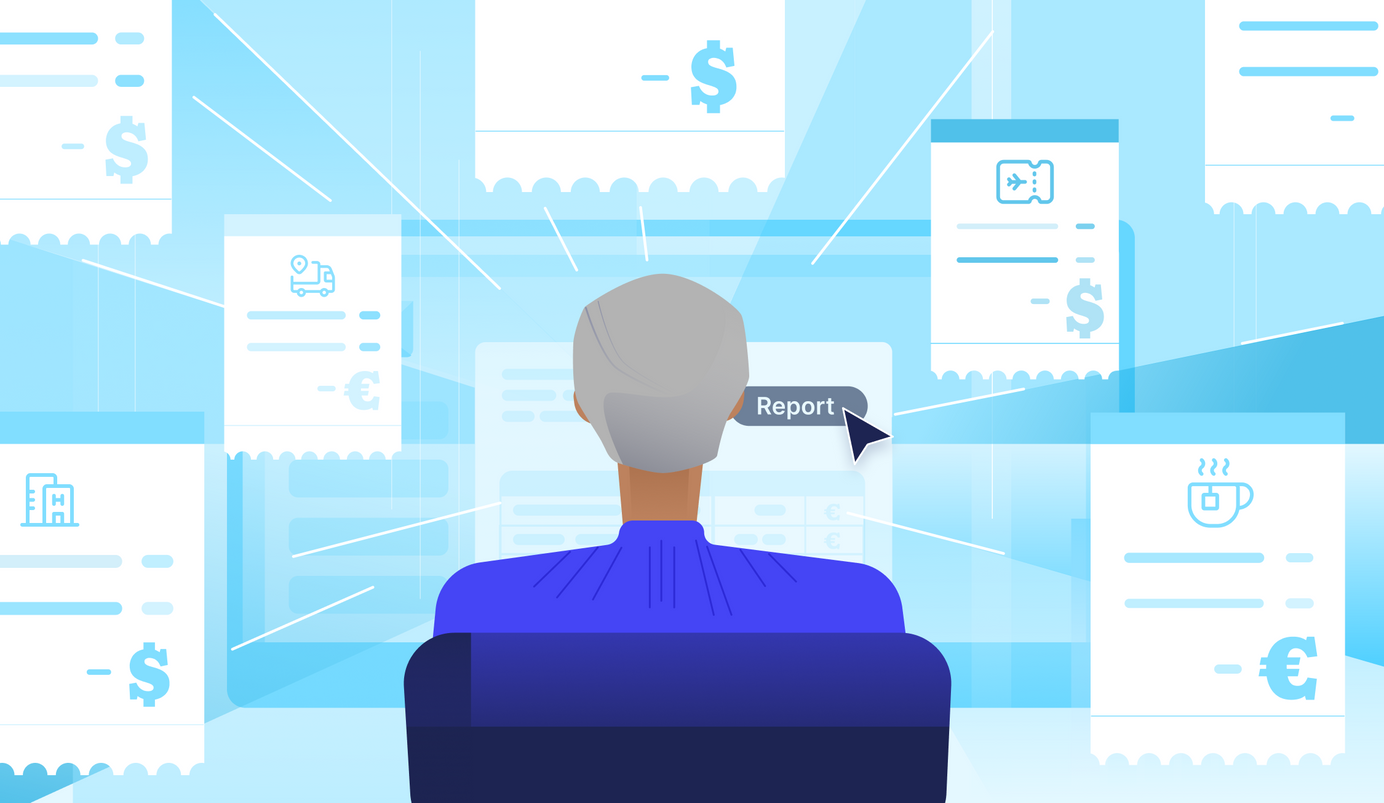
14 min read
Expense Reports: A Comprehensive Guide
Sometimes, things just have to be paid here and now, so employees reach into their pockets to cover the work-related expenses with their own money. And that's okay, as long as the company reimburses that cost. For this to happen, expense reports must come into play.
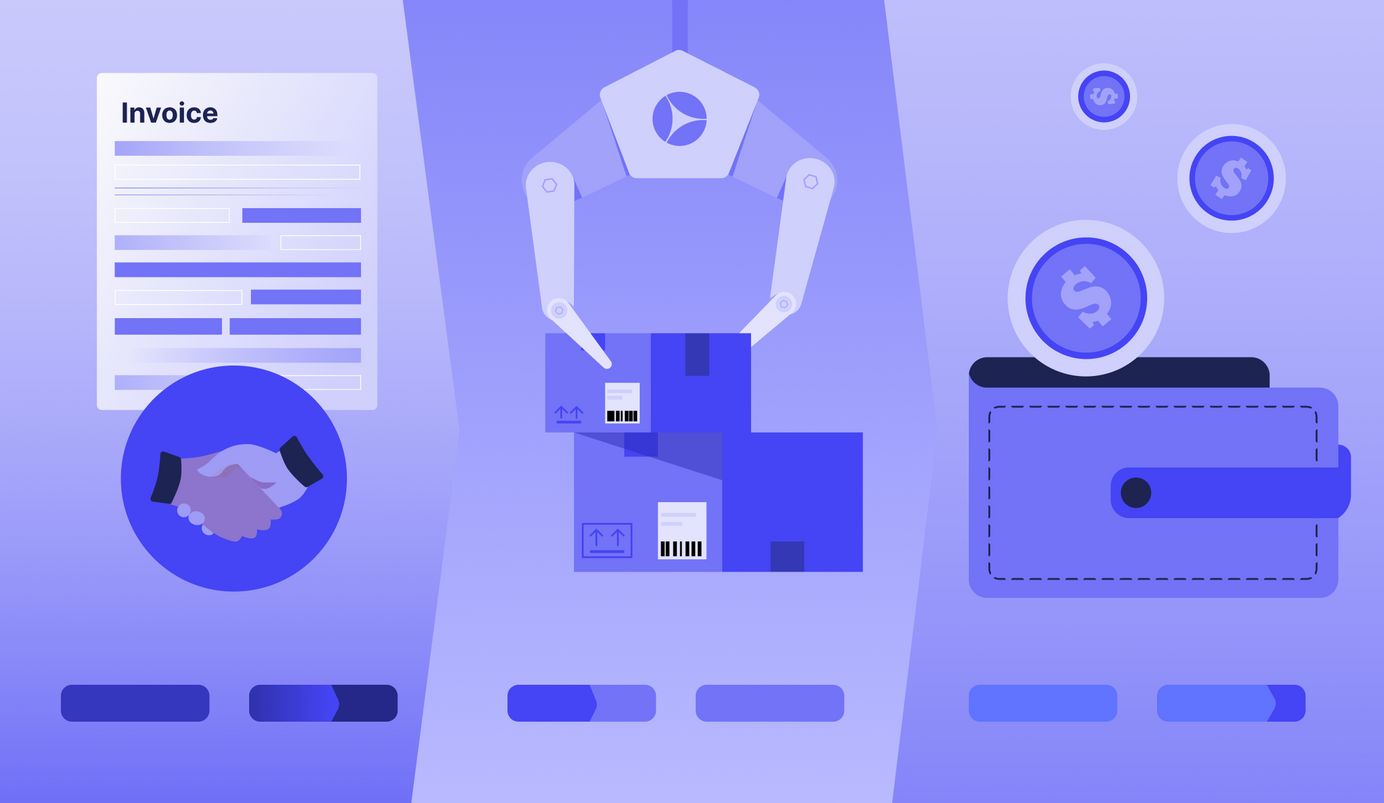
10 min read
Five Foolproof Ways to Shorten the Cash Conversion Cycle
How do companies improve their cash flow and liquidity? By shortening the cash conversion cycle! There are five main tips you should know.
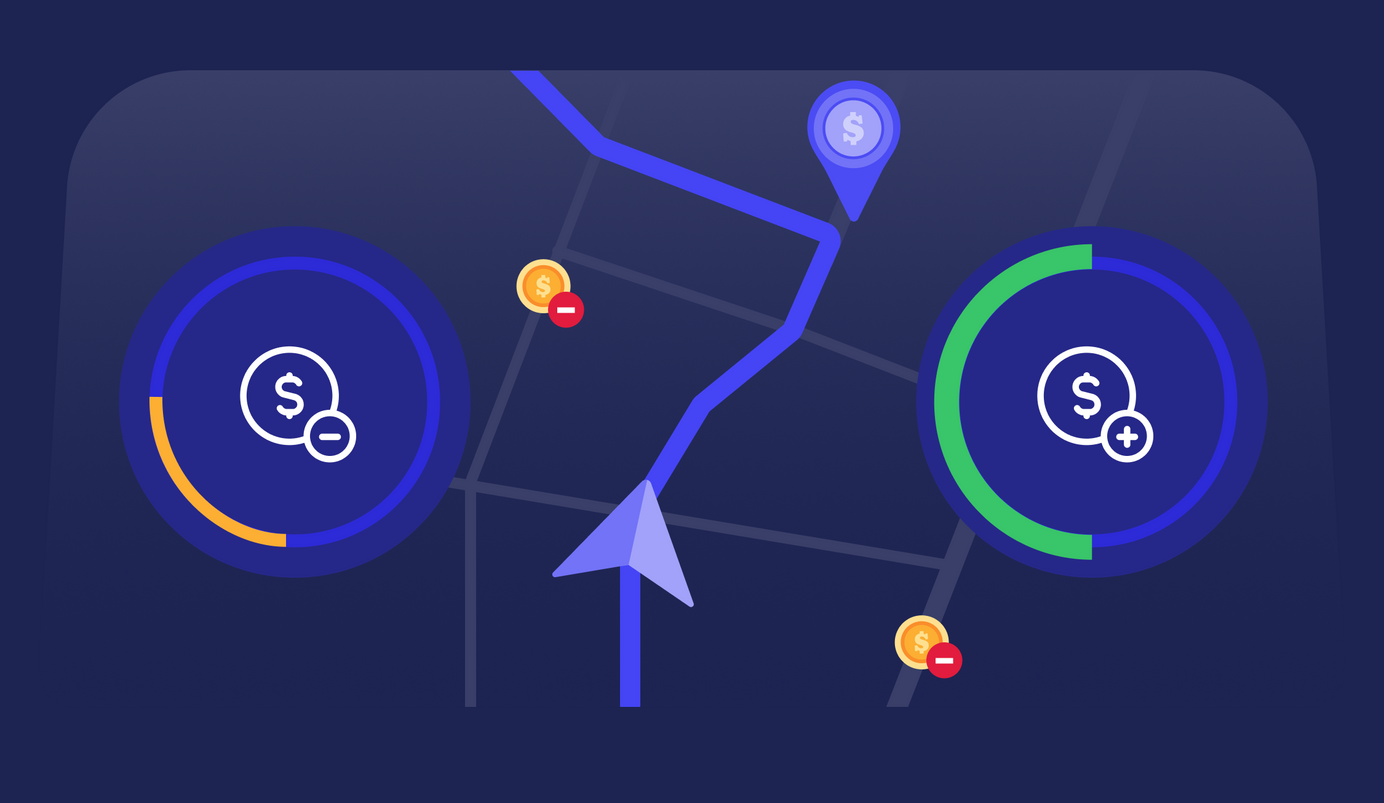
27 min read
The Definitive Guide to Cost Savings
The COVID-19 pandemic and then the full-scale Russian invasion of Ukraine have proved that, at any moment, seemingly perfect plans and financial projections can suddenly become unrealistic.






